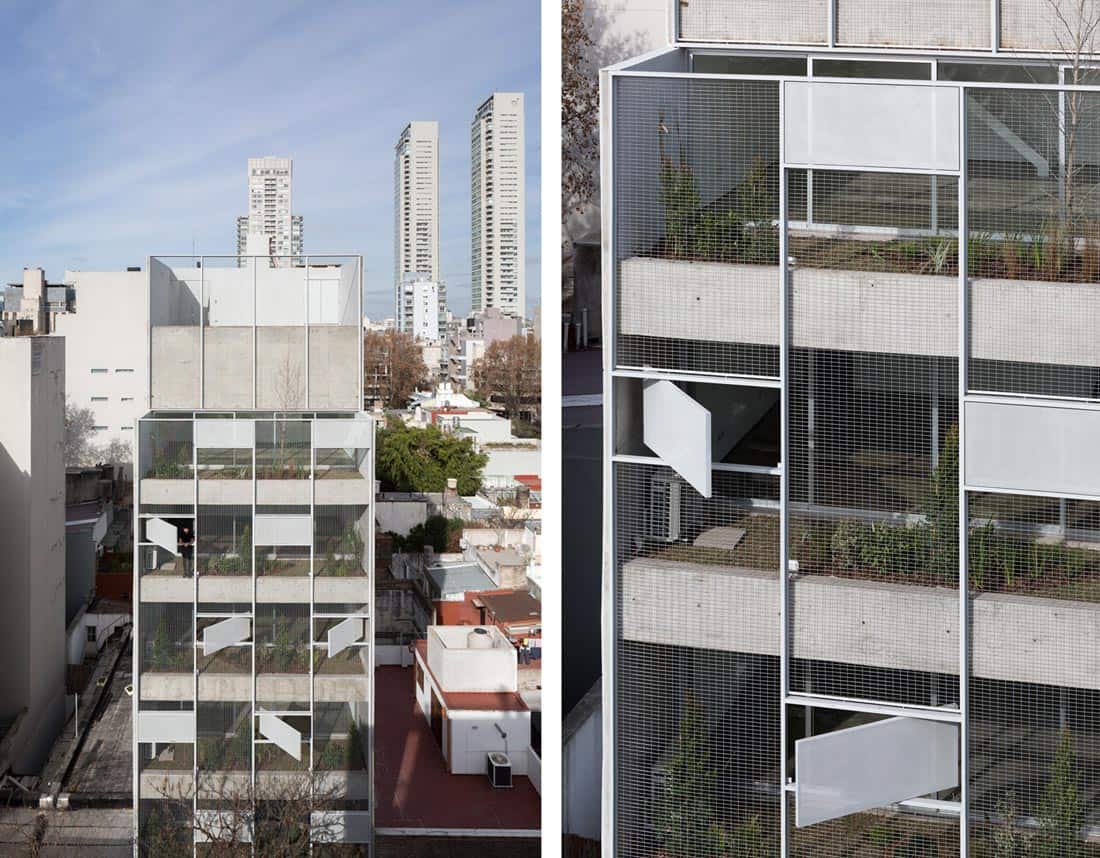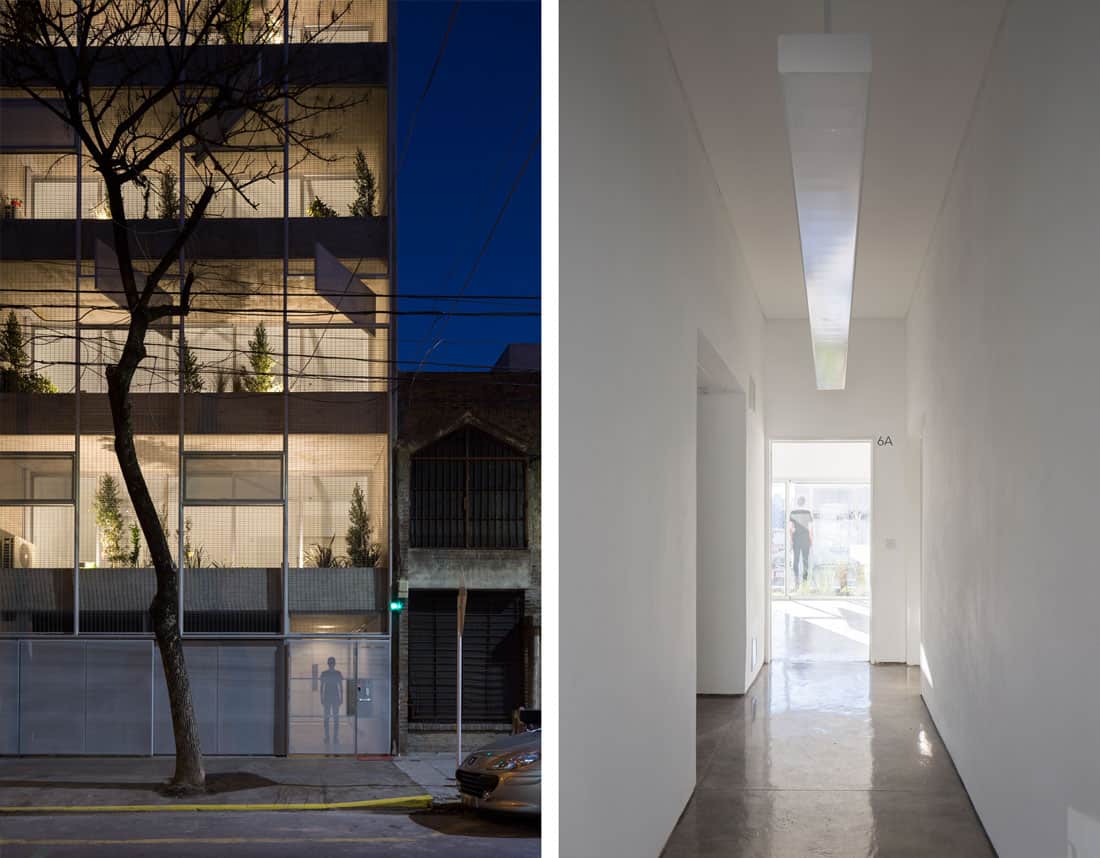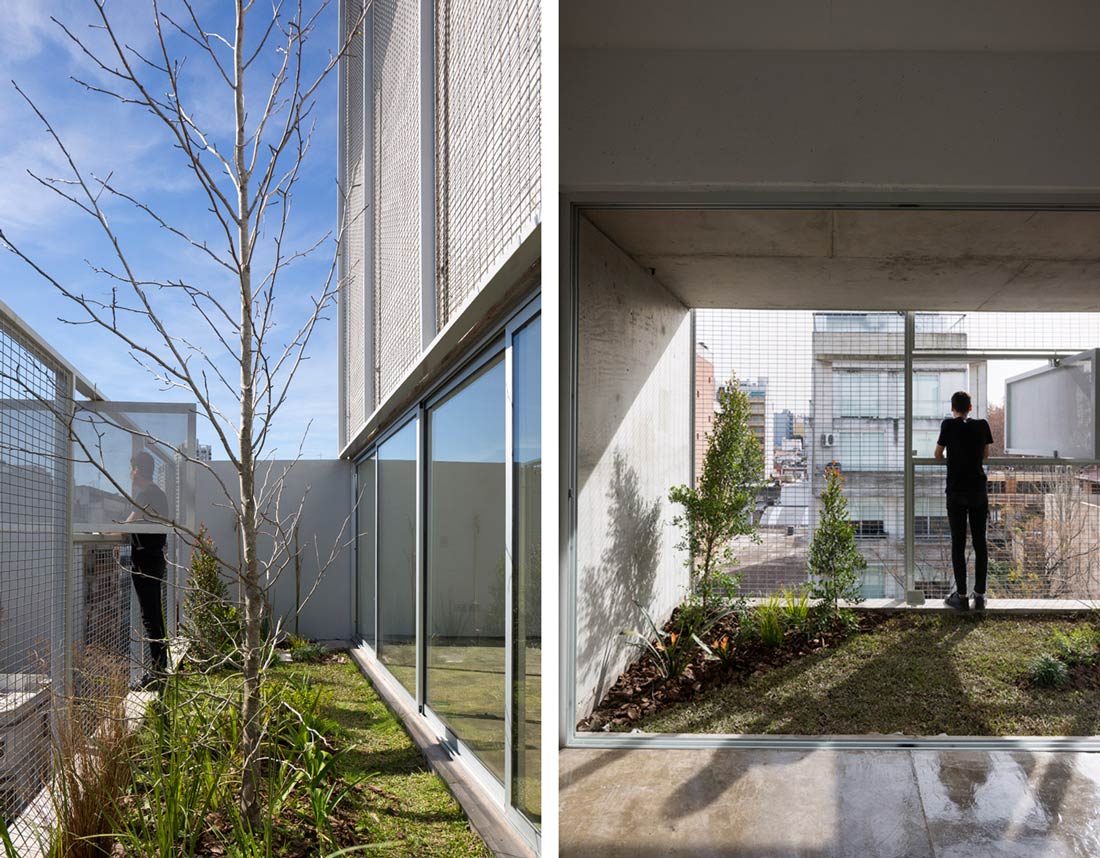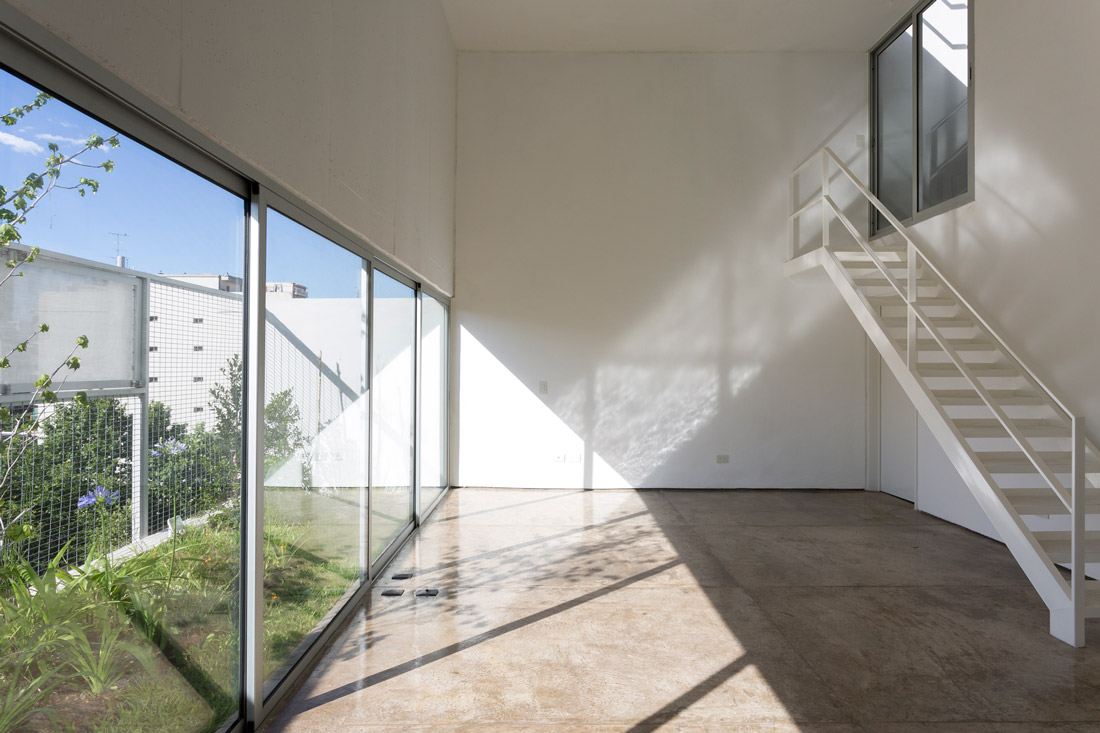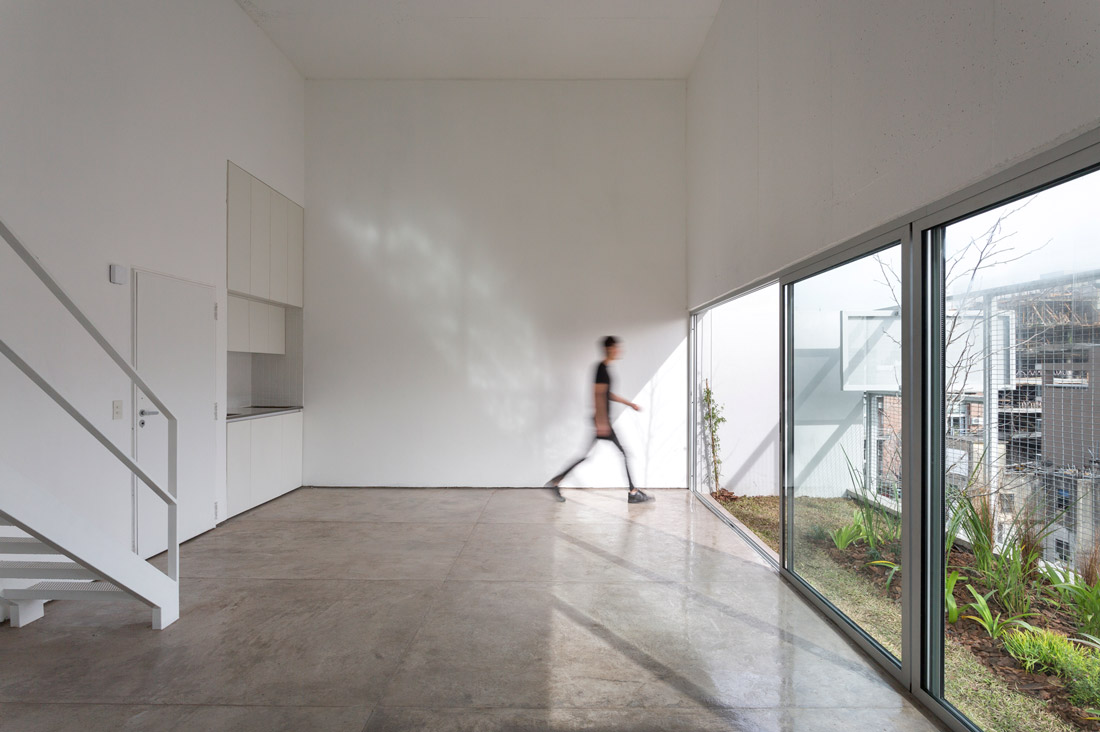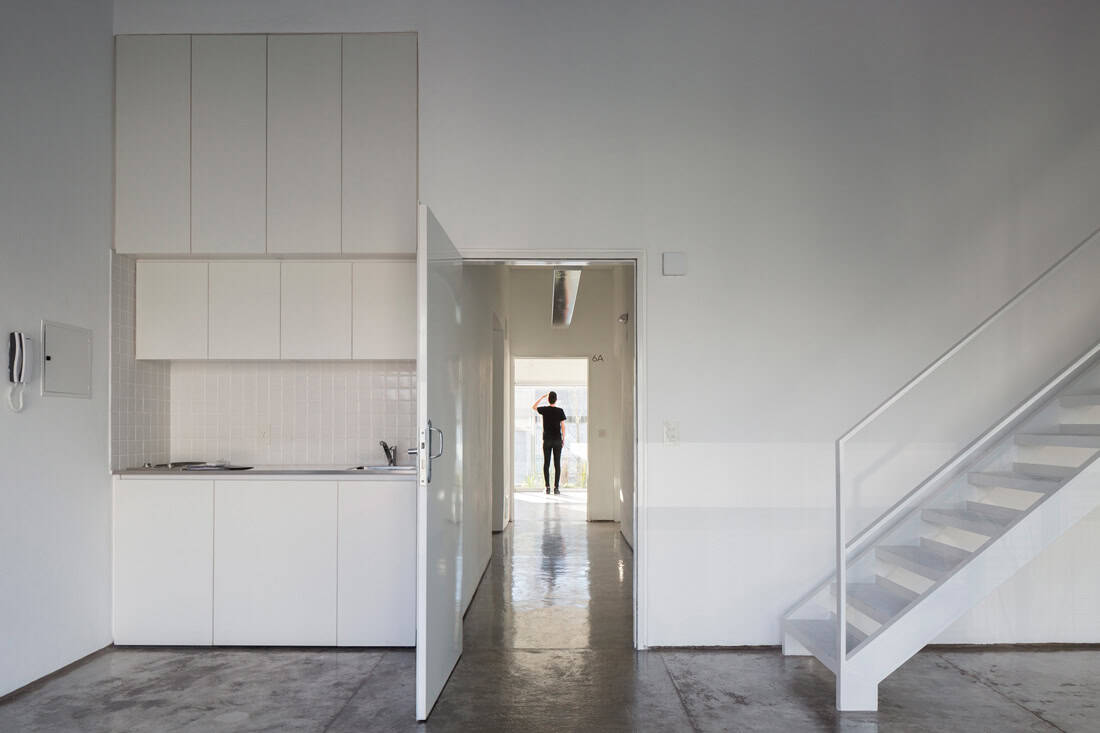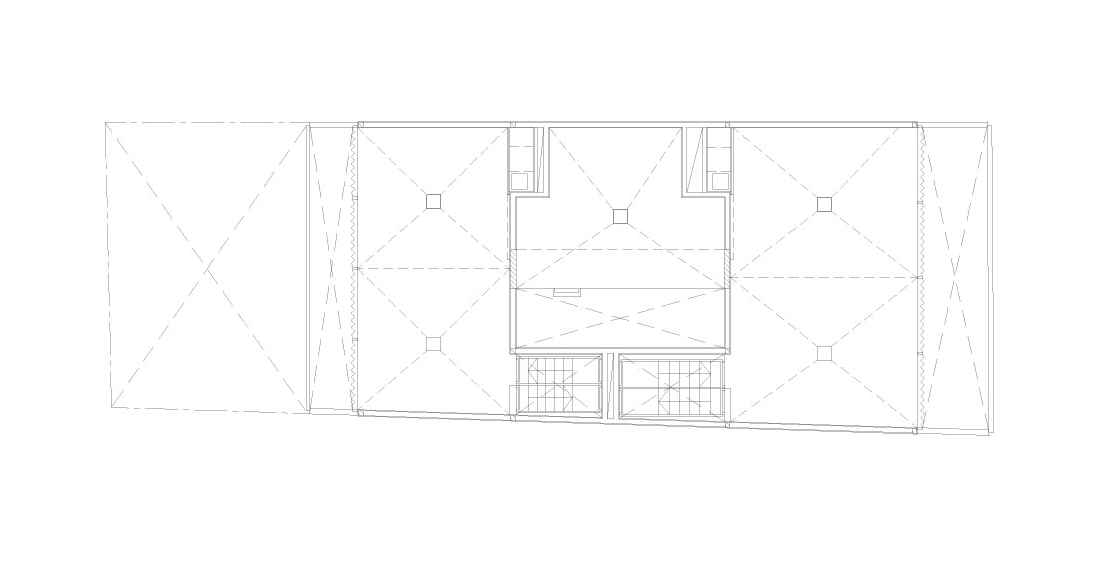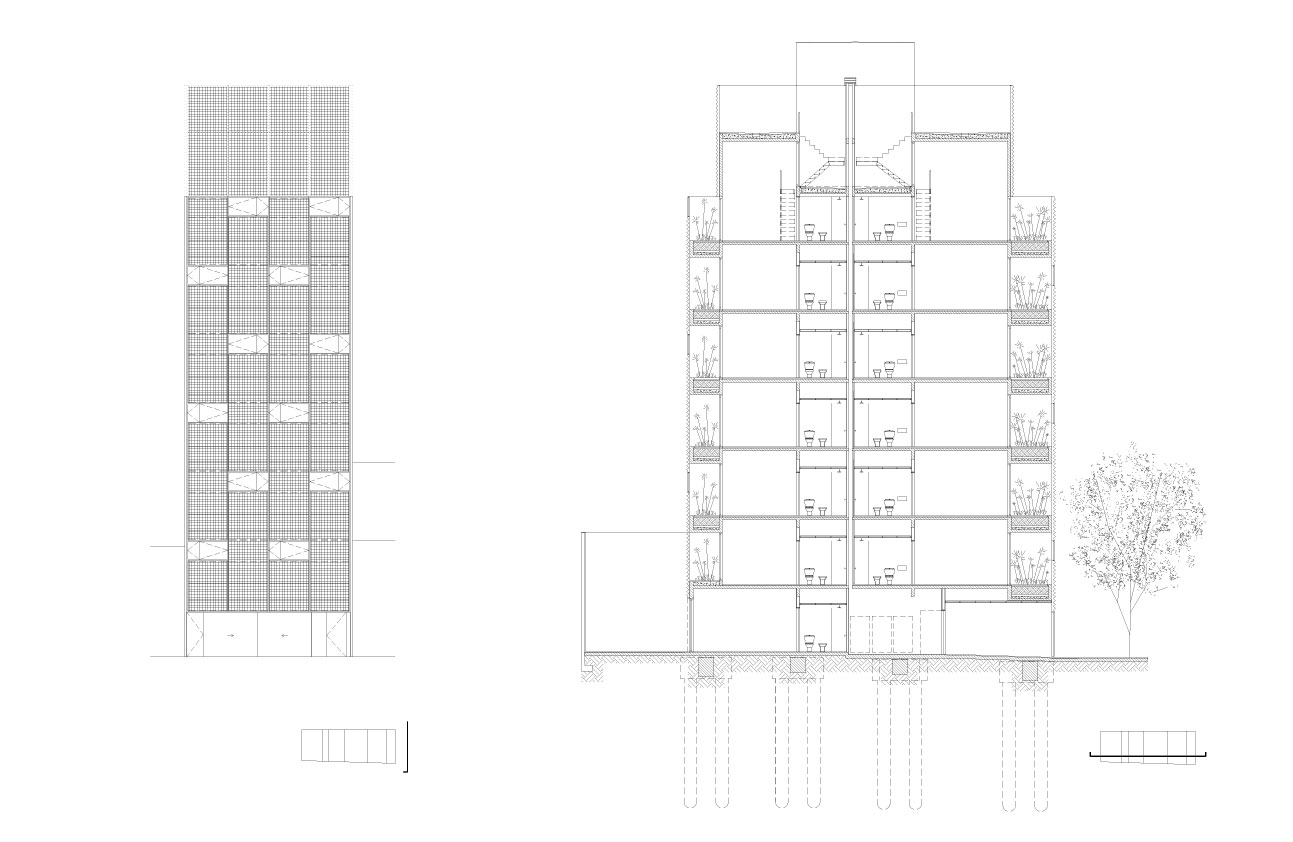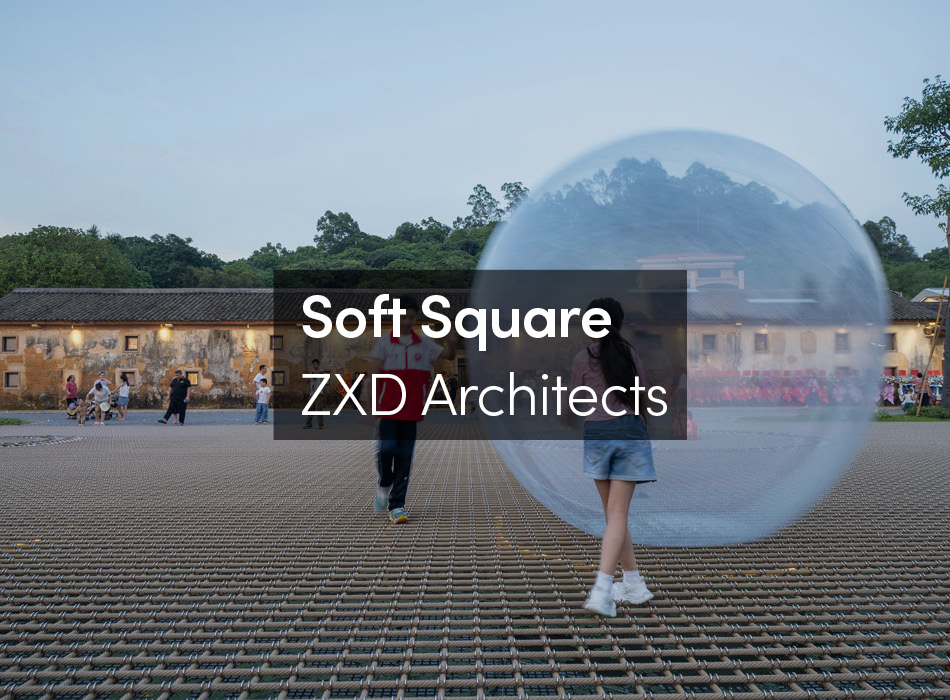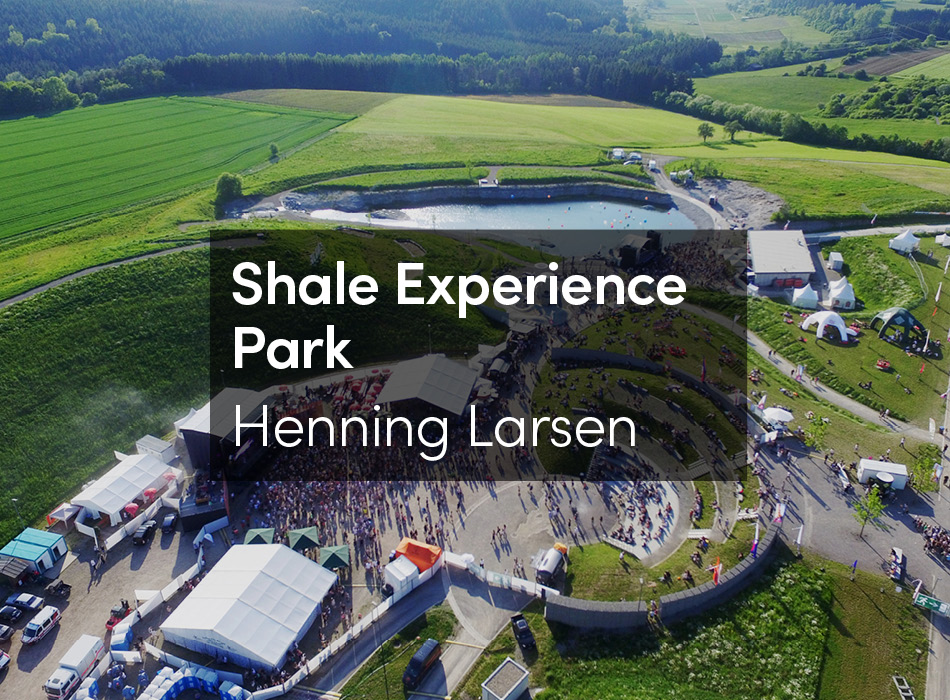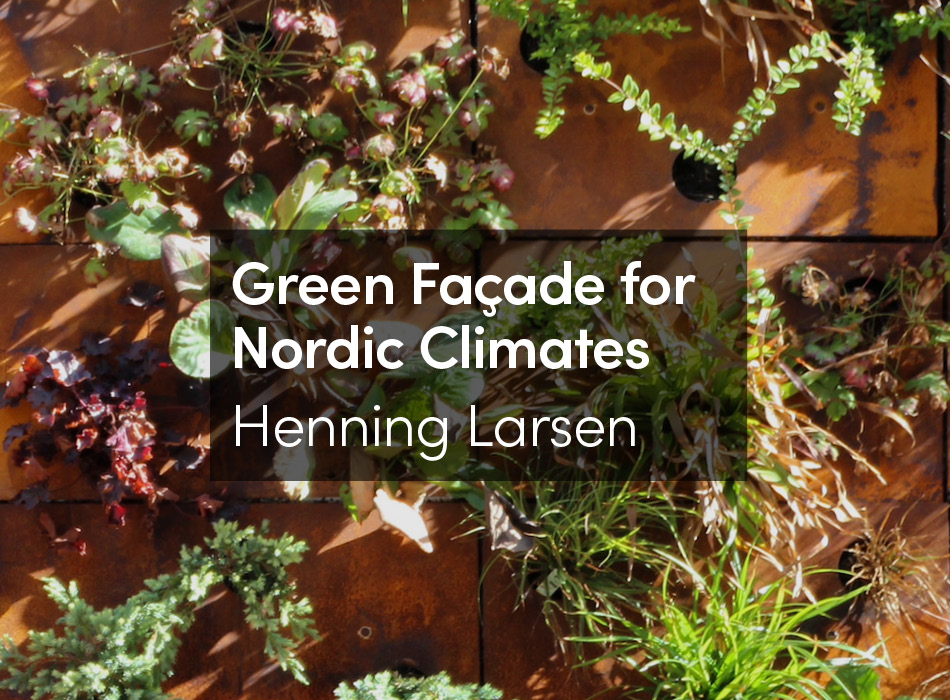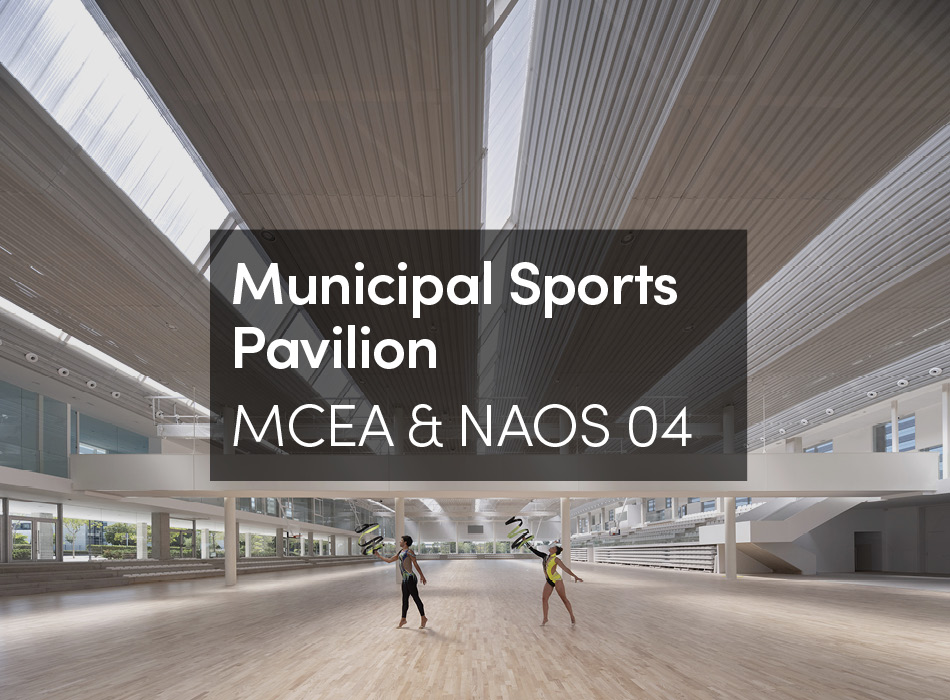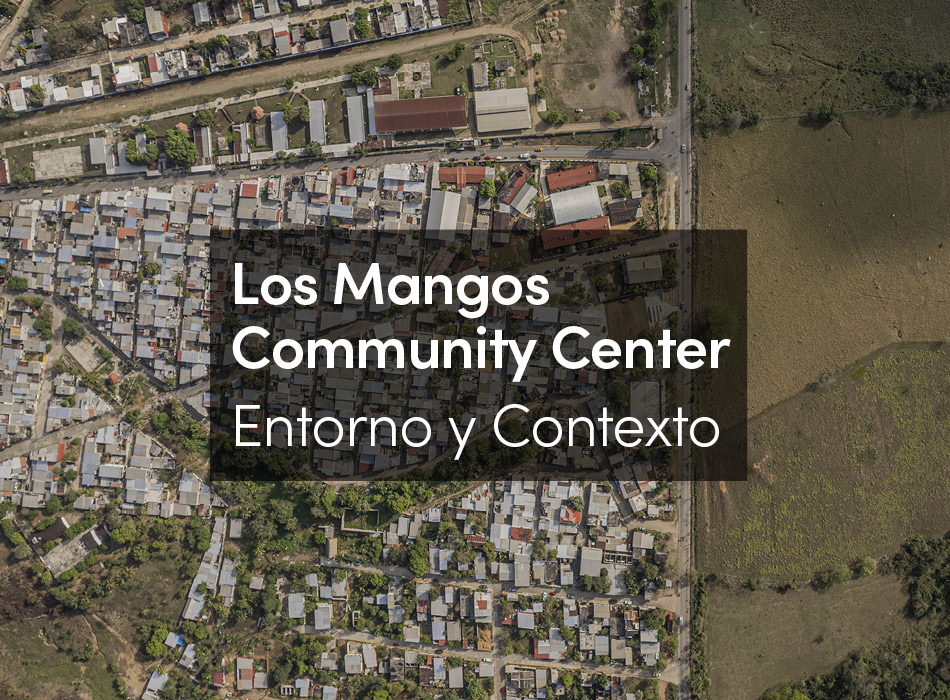Finally, almost everyone agrees that our cities should be compact, dense and programmatically diverse. Although there are quantitative nuances regarding these points, most of our efforts aim to consolidate a different city model from the positivism outlined in the Athens Charter.
Rural migrations to urban centers have overflowed imagined densities, forcing us to abandon the idea that there is a single program linked to large areas of land. Accepting this condition has led us to imagine different ways to increase and diversify the thickness of our cities.
The large-scale constructions called Mixed-Use developments are an example of this line of work, where buildings with diverse programs converge in a single project. Today, we have techniques capable of establishing a certain continuity between the proposed city model and large-scale constructions. However, in the range of the average scale, this relationship has not been addressed in depth.
The Bonpland 2169 building tries to position itself in this debate, understanding in advance that its size will prevent it from reproducing organizational strategies linked to a larger scale of work. In this case, the starting point is to address the diversity of uses through spatial homogeneity. Instead of designing a container to host pre-established programs, the project offers a structure that is open to different appropriations.
A programmatically unstable but spatially specific environment, organized by means of five bays perpendicular to the dividing walls that delimit their technical capacity at the same time that they other a good margin of flexibility. Although our field of action is limited to the area of material organization, our field of reflection overflows it until we can accurately report it.
The attention towards the new ways of using the city, the updating of its programs or the appearance of hybrid instances among the uses that we already know are aspects of vital importance. The main argument of this project is developing a sensitivity according to the objects that will occupy each unit, and taking on the challenge of spatial appropriation allows us to envision a new way of living.





